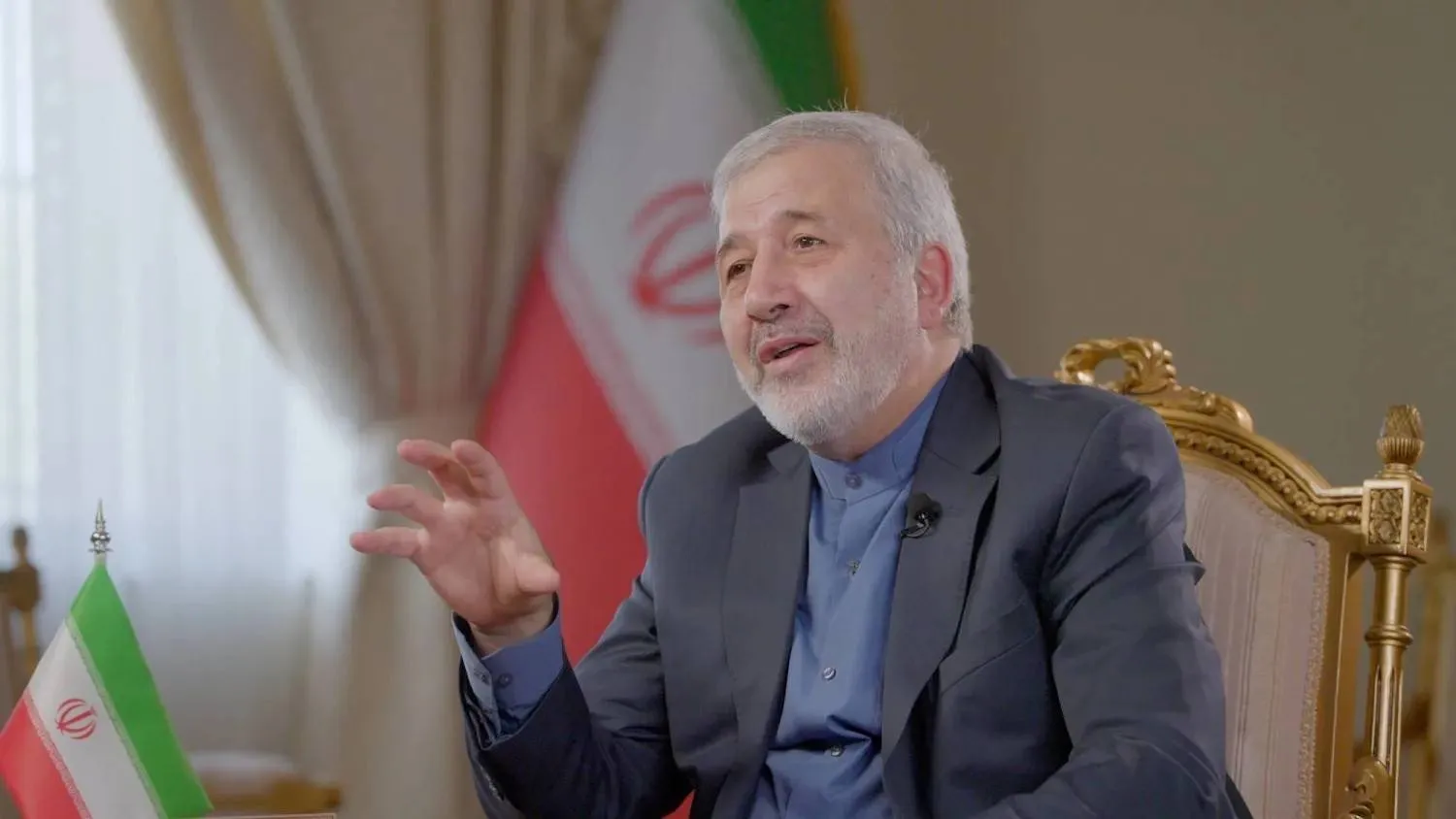Data obtained by bouncing radio waves off Venus - treating it, as one scientist said, like a giant disco ball - is providing new insight into Earth's closest planetary neighbor, including a precise calculation of the duration of a Venusian day.
The study also measured the tilt of the Venusian axis and size of the planet's core, allowing for a deeper understanding of an enigmatic world sometimes called Earth's “evil twin.”
It was already known that Venus has the longest day - the time the planet takes for a single rotation on its axis - of any planet in our solar system, though there were discrepancies among previous estimates.
The study found that a single Venusian rotation takes 243.0226 Earth days. That means a day lasts longer than a year on Venus, which makes a complete orbit around the sun in 225 Earth days.
The researchers transmitted radio waves toward Venus 21 times from 2006 to 2020 from NASA's Goldstone Antenna in the Mojave Desert of California and studied the radio echo, which provided information on certain planetary traits, at Goldstone and at the Green Bank Observatory in West Virginia.
“Each individual measurement was obtained by treating Venus as a giant disco ball. We illuminated Venus with a giant flashlight, the radar at Goldstone, and observed the reflections as they swept over the surface of the Earth,” said UCLA planetary astronomy professor Jean-Luc Margot, who led the study published in the journal Nature Astronomy.
“Venus is an amazing laboratory for understanding planet formation and evolution, and it's a stone's throw away. There are likely billions of Venus-like planets in the galaxy,” Margot added.
The new data showed that the Venusian planetary core has a diameter of about 4,360 miles (7,000 km), comparable to Earth's core. Previous Venus core estimates had been based on computer modeling rather than observational data.
Its core is almost certainly composed of iron and nickel, though it is unclear whether it is solid or molten, Margot said.
Venus spins on its axis almost upright - meaning it lacks discernable seasons - while Earth has more of a tilt. The study calculated the Venusian tilt at about 2.64 degrees. Earth's is about 23.5 degrees.
Venus, the second planet from the sun, is similar in structure but slightly smaller than Earth, with a diameter of about 7,500 miles (12,000 km). Above its foreboding landscape is a thick and toxic atmosphere that consists primarily of carbon dioxide, with clouds of sulfuric acid droplets. With a runaway greenhouse effect, its surface temperatures reach 880 degrees Fahrenheit (471 degrees Celsius), hot enough to melt lead.
Venus spins from east to west, the opposite direction from all other planets in our solar system but Uranus. In another quirk, its day-night cycle - the time between sunrises as opposed to the length of a single axial spin - takes 117 Earth days because Venus rotates in the direction opposite of its orbital path around the sun.
Venus has received less scientific attention than Mars, Earth's other planetary next-door neighbor, and other solar system destinations.
“I don't think that Venus would be more difficult to understand than other planets if we had adequate data, but there is a deplorable scarcity of data about Venus,” Margot said.
“There have been no NASA missions to Venus in almost 30 years and about a dozen NASA missions to Mars in this time interval,” Margot said, adding that the new findings on how Venus spins could help any future landing attempts.







